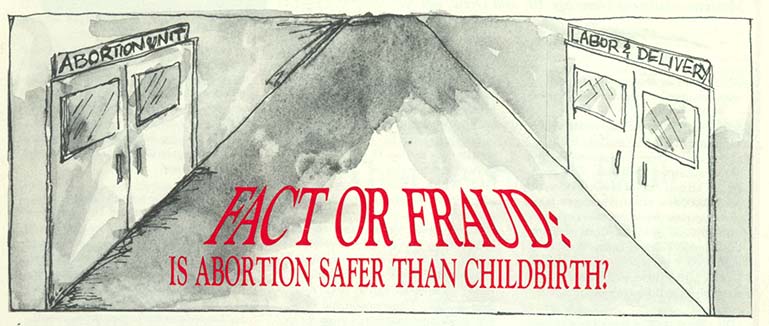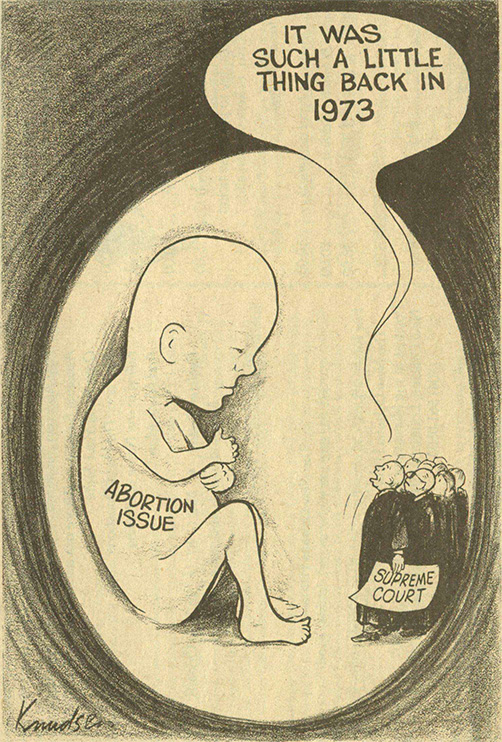Medical & Legal Concerns
But when we began to lose the Supreme Court, I think it was a bitter experience about the status of women in this country.
Kay Scott, President and CEO of Planned Parenthood Southeast excerpt from oral history, 2011.

Methods for performing abortions have evolved throughout history, in part due to advancements in medical technology, and a renewed focus on increasing accessibility to reproductive care regardless of socioeconomic status or resources. However, the overall totals of abortions per year, which increased following Roe v. Wade in 1973 and peaked in the late 1980s and early 1990s, has been on a “slow yet steady pace” since then, and no data suggests that the modernization and increased accessibility of abortion methods has prompted a higher rate of abortion procedures being performed.

Planned Parenthood of Alabama, 1967. Planned Parenthood of Alabama and Mississippi scrapbook 21, 1966-1969, page 30

Though most (roughly 93%) abortions occur at or before 13 weeks of gestation, prior to any scientific metric of fetal viability, much of the legislation aimed at criminalizing all abortions focuses on abortions that occur in the second or third trimester. Late-term abortions occur most often in cases where carrying a fetus to term would present physical risk to the mother, or in cases where serious fetal defects are not detected until later in the pregnancy.
Significant Events
- 2000— FDA approved the sale of mifepristone (RU486, the “abortion pill”), which can induce an abortion in pregnancies up to 13 weeks
- 2002— Born-Alive Infants Protection Act — signed into law by President George W. Bush, this legislation affirmed legal protection to infants born alive after failed attempts at induced abortion
- 2003— Partial-Birth Abortion Ban Act — signed into law by President George W. Bush, this legislation outlawed intact dilation and extraction (D & X) procedures. This legislation was largely nullified via injunctions by federal judges.
Legal Concerns
May 26, 1994 Freedom of Access to Clinic Entrances Act (FACE) signed into law by President Bill Clinton, this legislation prohibits the use of force, threats, or physical obstruction to injure, intimidate, or interfere with someone trying to obtain or provide an abortion, or which results in property destruction.
May 10, 2005 Women’s Right to Know Act enacted by Georgia Legislature; this law mandates that abortions can be performed in Georgia only after “voluntary and informed consent of the female” at least 24 hours before the procedure, except in a medical emergency; this information includes the medical risks of the chosen abortion procedure and in case you decide to carry to term, the probable age of the fetus at the time of the abortion, the father’s responsibility, possible detrimental psychological side effects, contact resources for adoption agencies, a statement about fetal pain, and more.
Parental involvement in a minor’s decision to obtain an abortion varies from state to state, but currently, 36 states require involvement of some kind. Currently, 21 states require that at least one parent provides consent before a minor patient can obtain an abortion, while 10 states require prior notification of at least one parent. Six states require both notification of, and consent from a parent before a minor can obtain an abortion.
The act also requires that, if the person seeking an abortion is a minor, one of their parents must be told of their plan to receive an abortion at least 24 hours prior to the procedure; the parent is not
required to provide permission. If the minor is married or emancipated, or if a judge excuses this requirement, this law no longer applies.






